Welcome to issue 34 of the Call to Comms!
How do NGOs like TSF respond to the communication needs in the aftermath of a natural disaster? We list 3 steps – and it’s not only about the first few days.
We also spoke to Jen Enderlin from AT&T, our partner for 20 years, about our collaboration and the role telecommunications can play in addressing humanitarian challenges.
Also this week: Libya and Morocco, climate inaction, and digital inclusion.
How do NGOs respond to natural disasters?
Emergency response
Monitoring
How can emergency NGOs respond so quickly to disasters? Partly through monitoring. Thanks to constant monitoring of upcoming disasters on specialized softwares, TSF and other emergency organizations can track the evolution of natural disasters through space and time, enabling us to deploy quickly after a disaster strikes.
However, while real-time monitoring considerably improves our ability to react rapidly, some natural disasters remain unpredictable. This has been the case with the 6.8 earthquake that hit Morocco last week.
Coordinating
After a disaster strikes, every hour counts. To better prepare on-site missions, in any country, international and national NGOs coordinate efforts. Coordination and collaboration last the whole mission.
By working alongside various humanitarian actors, TSF is able to be part of a collective response which permits better assessment of the needs of affected communities.
Deployment
Usually, once we've contacted other organizations and confirmed the need for emergency telecommunications, the next step is to deploy one of our teams to the field. Deployment is often made through airways, as affected areas are generally inaccessible from the ground.
Once in the field, the immediate focus is to address the urgent needs of the affected populations: for us, at TSF, it means providing connectivity for relief organizations to coordinate their actions, and give affected people the opportunity to reach their loved ones in a time of crisis.
Long term recovery
While natural disasters often cause enormous material and human losses, they also tend to deeply affect the social and economic foundations of communities affected. These damages do not disappear when the media headlines stop. These populations need long-term recovery support to help rebuild what has been lost.
Often, natural disasters can force people to flee: when everything is destroyed, from where you grow food to schools, people often have no choice but to move. In 2022, a record 32.6 million movements were associated with disasters. This is why people forced to move need support – from essential information to shelter.
Contributing to resilience
Long-term recovery also contributes to strengthening the resilience of disaster-affected populations. One of TSF's missions is to contribute to emergency telecoms capacity in hurricanes-prone regions of the world.
“It’s now possible to link climate change to all kinds of extreme weather,” Casey Crownhart, Climate reporter from the MIT said in this article; “From droughts to flooding to wildfires. Hurricanes are no exception—scientists have found that warming temperatures are causing stronger and less predictable storms.”
As climate change exacerbates the impacts and frequency of hurricanes, storms and floods, the need to contribute to preparedness in communities affected by such emergencies is important.
“In the field, when there is no communication nor data, telecoms become crucial for the coordination of the humanitarian response.’
- Participant of a training session in South East Asia.

This week’s reads
1 - Libya and Morocco: A quick breakdown of north Africa’s double disaster
- In less than a week, two enormous disasters have shaken Northern Africa: an earthquake in Morocco, and a flood in Libya.
- In Morocco and Libya, the extent of death and destruction is massive, with thousands dead or injured, the death toll in both countries is still expected to rise.
2 - Climate inaction puts lives on the line: WMO
- According to a new report from the UN World Meteorological Organization (WMO), “The impacts of extreme weather and climate change are undermining progress towards achieving all the SDG’s.”
- The report highlights the importance of early-warning systems which contribute to mitigate the consequences of natural disasters and thus lessen economic and social impacts on communities.
3 - AT&T and the United Way of Metro Dallas Help Bridge Digital Divide
- Our longtime partner AT&T supports digital literacy training and technology help for those who need it. The supported program will provide families with equipment and educators.
- Through these actions, AT&T participates at bridging the digital divide that still remains in our interconnected societies.
Interview with AT&T
Telecommunications companies can also have disaster recovery teams – this is the case of AT&T, our partner of 20 years. Learn more about how an NGO and a company partner together, and how their network disaster recovery program works.
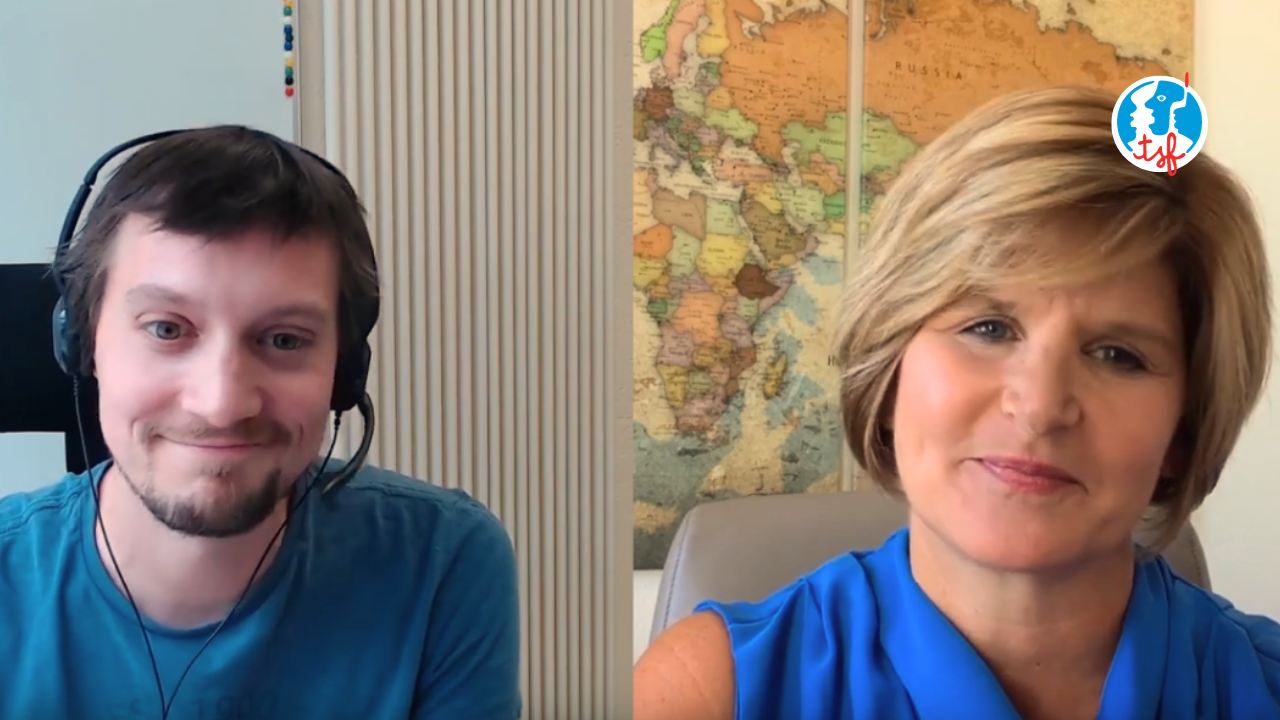
See you next week!



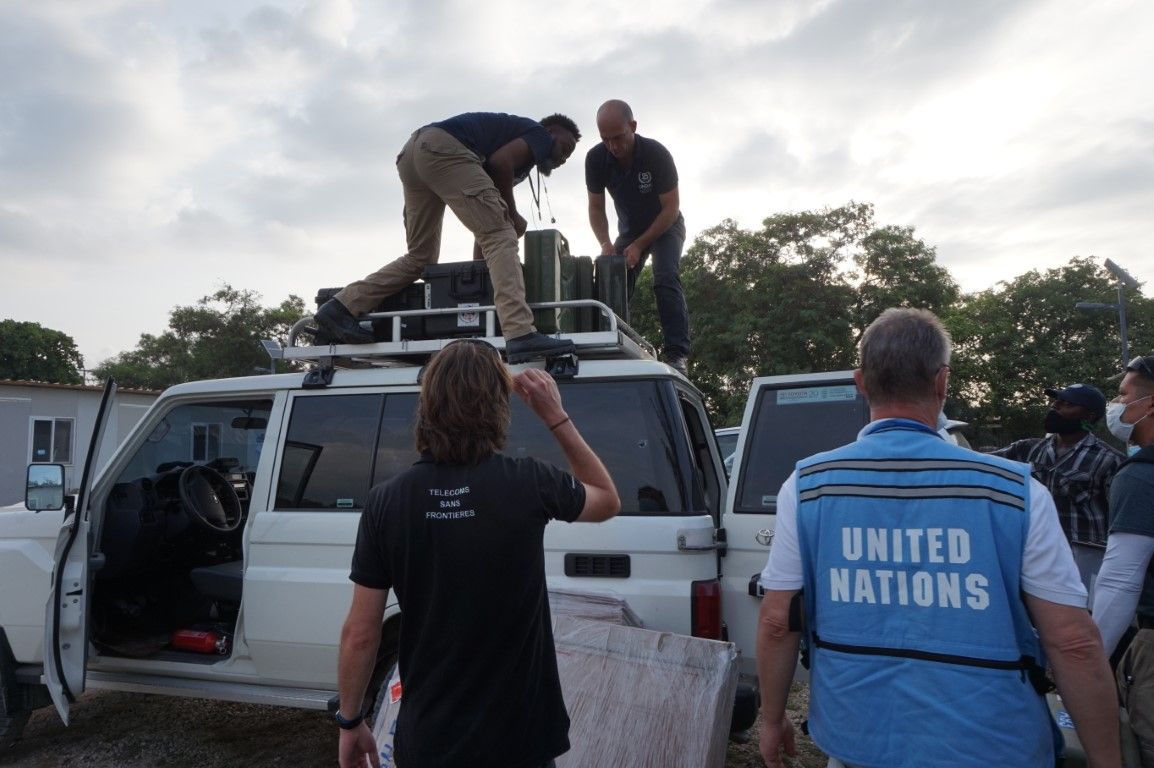

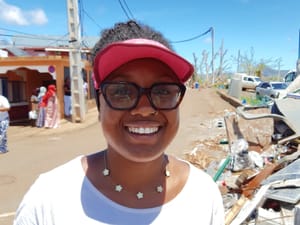
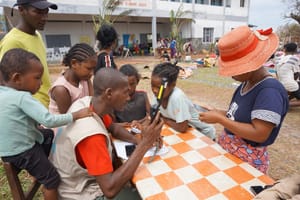

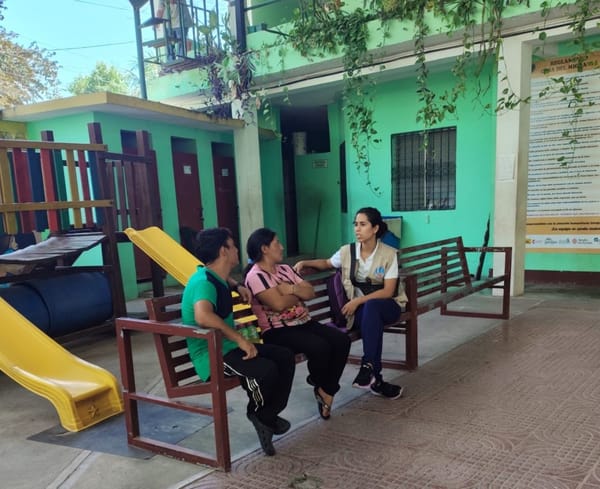
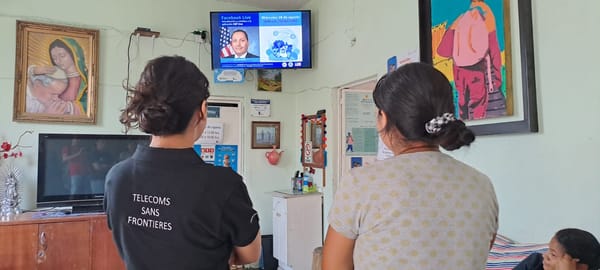
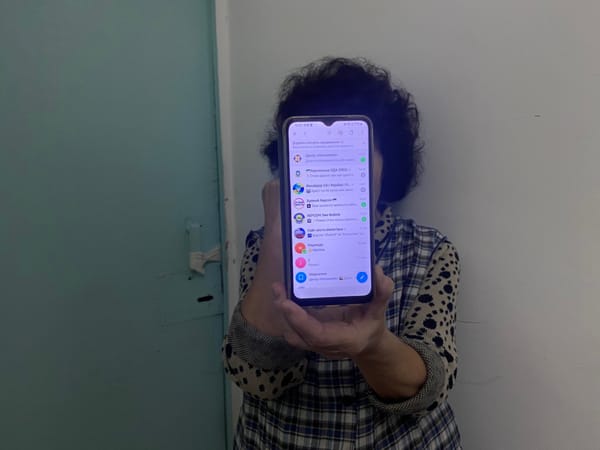

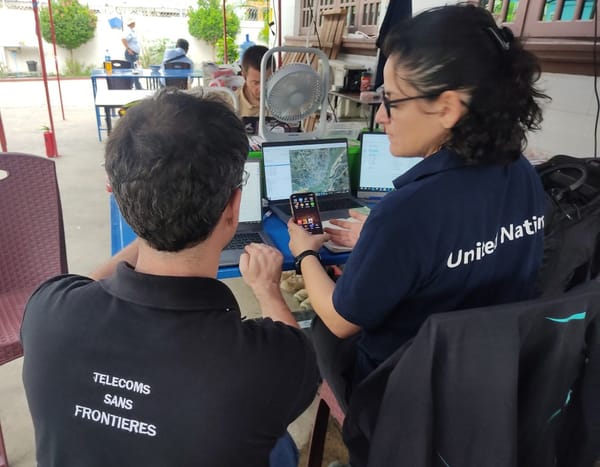
Member discussion